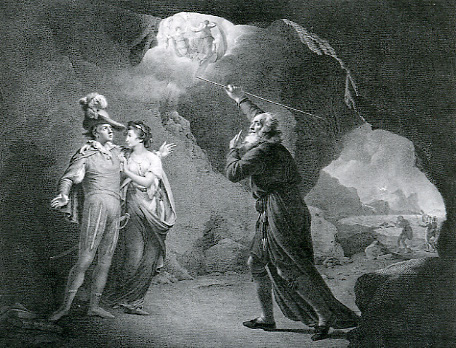People who tell writers to make their characters like real
people irk me. As Kurt Vonnegut put it in his novel Timequake, “there are enough real, living and breathing human
beings on earth. Why would I want to create another one?” Which means that no
matter what, your character is not living and breathing, but rather an effect
of a series of letters stamped together to create meaningful sentences, which
turn into paragraphs, and that is what the writer uses to drive forth the plot,
and to develop that mysterious and all-important “real” character.
 |
| engraved by Robert Thew |
We all know that characters in books are just products of
well-orchestrated information, but many writers’ characters lack the dynamic,
fluid, and well-constructed quality that most of us readers crave in our heroes
and antiheroes.
One obvious way to add depth and quality to your character
is by giving him or her a unique profession, and then using that profession to
color the insights the character has throughout the novel. This lends
credibility to your character again and again, and it should heighten the prose
as well as your character will dip into new pools of language that you, the
writer, might not have naturally plumbed.
For example, in Robert Ludlum’s The Holocroft Covenant, we see the master pulp fiction writer craft
an architect on a secret mission to South America. There are many characters in
this novel, and many plot twists, but what comes through at the right times is
the protagonist, Noel Holcroft’s perceptions being those of an architect. He
doesn’t see the world as a writer or a commercial airplane pilot, he notices
sound structures, pressure points in infrastructure, and how well buildings are
built.
As the author, you don’t want to beat the reader over the
head with these insights, but when it counts, you need to set the scene with
details that your main character is witnessing…and more importantly, witnessing
through his primary interest in life.
The
Graff state was spectacular. The view was magnificient: plains nearby,
mountains in the distance, and far to the east the hazy blue of the Atlantic.
The house itself was three stories high. A series of balconies rose on both
sides of the central entrance: a set of massive double doors—oiled mahogany,
hinged with large, pitted triangles of black iron. The effect was Alpine, as if
a geometric design of many Swiss chalets were welded into one and set down on a
tropical mountain (85).
You might say, “That wasn’t so spectacular. Yes, he notices
a few details about the large house, but so would any other character.”
But Holcraft goes just a bit further than a politician
might, or a gardener. If Ludlum’s career wasn’t to write thrillers for the
masses, he might have gone further with the particular language, and really
laid it on thick for literary fiction lovers (or overdo it with hysterical realists like Zadie Smith or DFW), but he knows his trade, and
that’s about as wild with language as he can get. He’s got a particular story
to tell.
It's up to you to determine how much decoration is needed in your literary landscape. Make your descriptive scenes count.
No comments:
Post a Comment